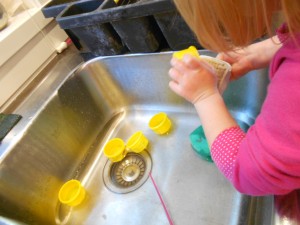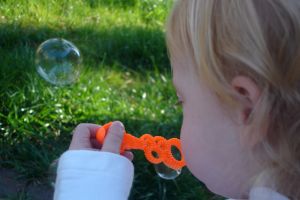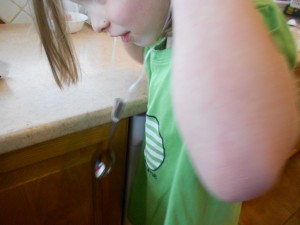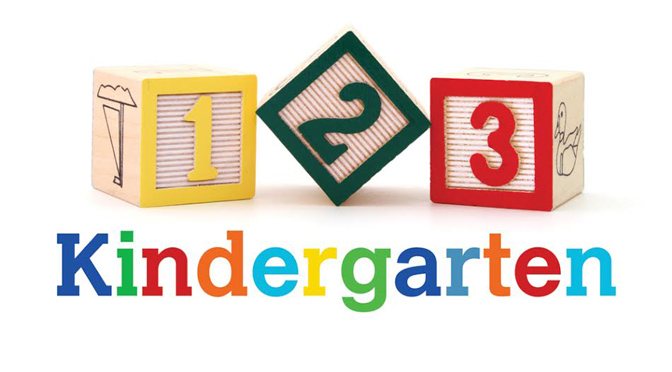Kids CAN make their own magic! It’s called science…
Kids are natural scientists, curious and wanting to know. Days spent figuring things out, trying, exploring, and asking questions are a big part of what makes childhood magical.
 I’m sure it’s no surprise to many parents that children ask more than 300 questions a day! Asking questions is part of science. So is experimenting to see what happens. What does happen when a stuffed toy swims in a puddle? Or, can a toothbrush be flushed down the toilet? Parents and caregivers do not call this magic or science.
I’m sure it’s no surprise to many parents that children ask more than 300 questions a day! Asking questions is part of science. So is experimenting to see what happens. What does happen when a stuffed toy swims in a puddle? Or, can a toothbrush be flushed down the toilet? Parents and caregivers do not call this magic or science.
Having some magical fun and play can be easy and inexpensive. A kitchen sink or tub of water on the deck is a marvelous way to find out what floats and sinks, discover how different containers pour, and if water will spill over the sides or leak out a hole.
 Soap and water will make bubbles and bubbles can come in sizes from very small to very big. Some float high up before they pop and occasionally a bubble will stay on a hand to shimmer with color. When mixed with water, dirt and sand can be the base for a magic potion.
Soap and water will make bubbles and bubbles can come in sizes from very small to very big. Some float high up before they pop and occasionally a bubble will stay on a hand to shimmer with color. When mixed with water, dirt and sand can be the base for a magic potion.
Nature has unlimited resources for science. Seeds are tiny packages of magic. They can be planted outside in a garden or pot, or inside in a cup or a clear plastic bag. Seeing tiny green sprouts grow and grow is tremendously exciting. Sticks and rocks will make noise and can be used in endless ways. Watching ants, butterflies, bugs, worms, and other critters is exciting. So are other animals and plants.
 There’s our own nature too. Kids learn about the world using their senses, and they have their own preferences. Some children love to feel different textures, some will make sounds with anything. Sensory play is more than fun, it’s crucial for learning.
There’s our own nature too. Kids learn about the world using their senses, and they have their own preferences. Some children love to feel different textures, some will make sounds with anything. Sensory play is more than fun, it’s crucial for learning.
Providing opportunities for kids to explore and create, play and learn, is truly part of the magic of childhood. Are there some special science moments or mishaps that you can share?
